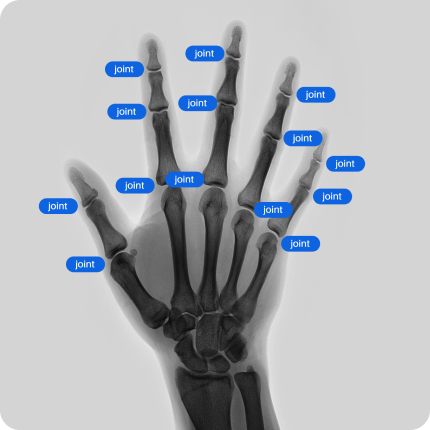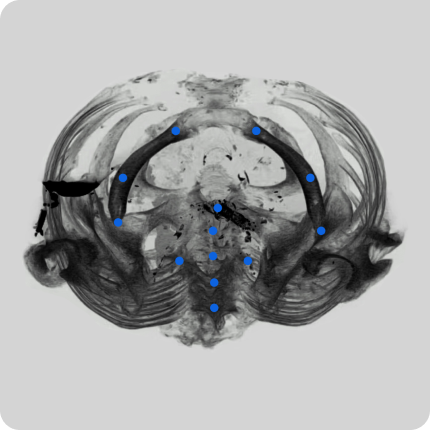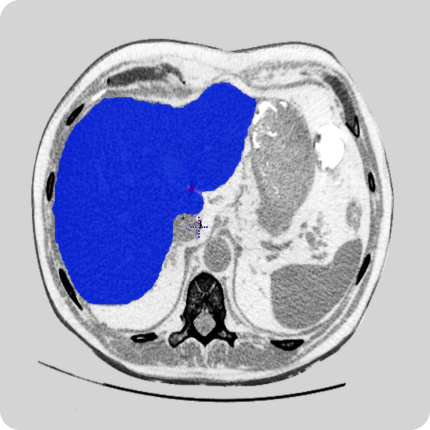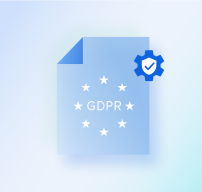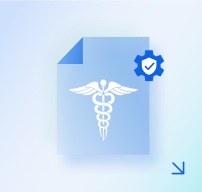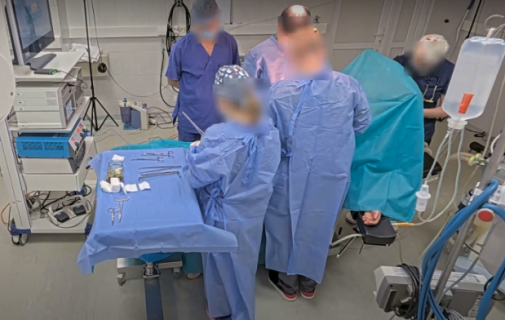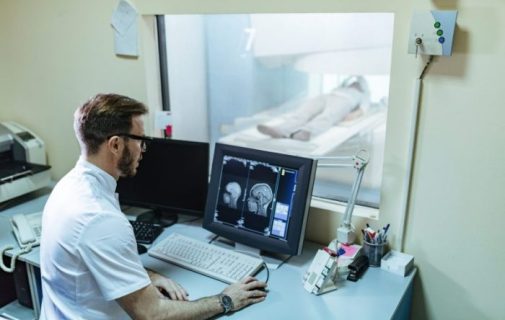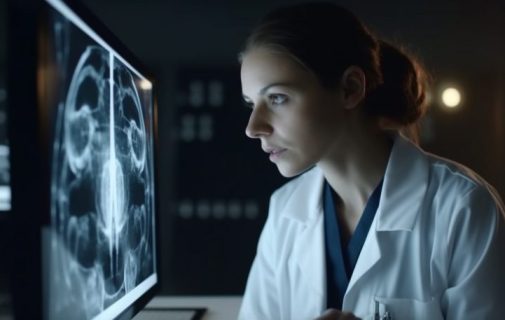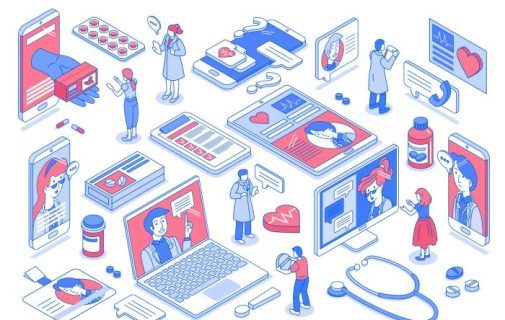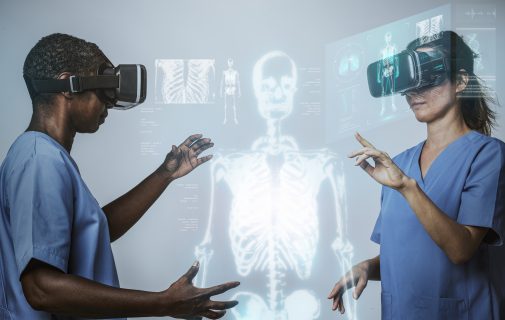
Surgeons performing operation in operation room at the hospital
Anonymization of Medical Videos: Protecting Privacy while Advancing Healthcare
Introduction to the Anonymization of Medical Videos
In the age of artificial intelligence quickly evolving in most industries, medical videos have become valuable tools for education, research, and patient care. They provide insights into complex medical procedures, facilitate knowledge sharing among healthcare professionals, and enable remote consultations. However, with the increasing use of medical videos comes the need to protect patient privacy and confidentiality. Anonymization of medical videos is a critical process that ensures sensitive information is safeguarded while allowing the advancement of healthcare.
Why Anonymization of Medical Videos is Important
Medical videos often contain identifiable information, such as patient faces, unique physical features, nametags on the doctors’ and nurses’ robes, screens with hospitals’ names, or other personal data. The potential risks associated with mishandling or unauthorized access to such information are significant. Anonymization serves as a protective measure that shields patient identities and preserves confidentiality, allowing medical videos to be used safely for teaching, research, and clinical purposes.
Methods of Medical Videos Anonymization
Face Blurring: One of the most common methods used in anonymizing medical videos is face blurring. By blurring or obscuring facial features, the patient’s identity is protected without compromising the educational or diagnostic value of the video. Screens with sensitive information, nametags, paperwork or any other identifying information can also be blurred.
Voice Alteration: Anonymization may extend beyond visual identifiers. Altering the patient’s voice through pitch modification or speech synthesis techniques can help ensure complete anonymity in cases where voice recognition could be a concern.
Image Cropping: Another approach is to crop the video frames to exclude any identifiable features. By focusing solely on the area of interest or procedure, the video can still retain its educational value while minimizing the risk of revealing personal information.
Metadata Removal: Apart from the visual and auditory elements, it is essential to remove any metadata associated with the video file that may disclose patient information. Metadata includes timestamps, location data, or any other embedded information that could potentially compromise anonymity.
Legal and Ethical Considerations
The anonymization of medical videos is not only a matter of best practice but also a legal and ethical obligation. Healthcare providers must comply with data protection regulations, such as the Health Insurance Portability and Accountability Act (HIPAA) in the United States or the General Data Protection Regulation (GDPR) in the European Union. Failure to anonymize medical videos adequately can result in severe penalties and legal consequences.
Balancing Anonymization with Data Utility
While anonymization is crucial for patient privacy, it is essential to strike a balance with the utility of the data. Over-anonymization can lead to the loss of valuable information, limiting the educational or research potential of the medical videos. Striking the right balance ensures that anonymized videos can still contribute to medical knowledge while protecting patient privacy.
Final Thoughts
As medical videos continue to play a vital role in healthcare, the anonymization of such content becomes increasingly significant. Implementing effective anonymization techniques, such as face blurring, voice alteration, image cropping, and metadata removal, enables healthcare professionals, researchers, and educators to utilize medical videos while respecting patient privacy. By prioritizing anonymization, we can foster a culture of responsible data usage and leverage technology to advance healthcare without compromising individual confidentiality.

